1. Shifting Migration Patterns
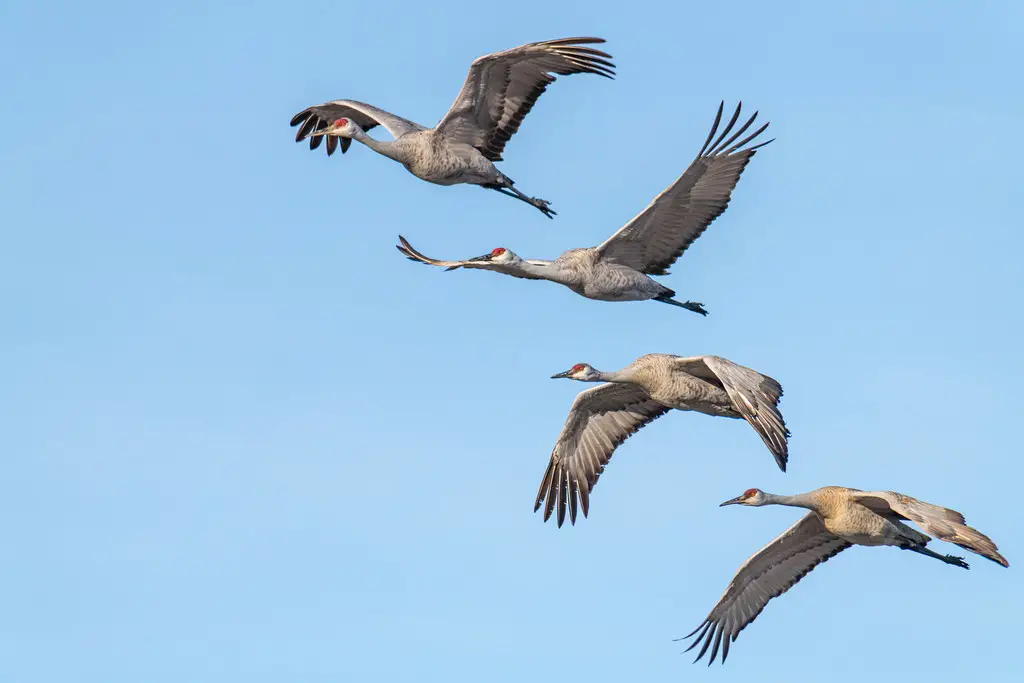
Birds, whales, and other migratory species are altering their routes and timing due to changing climates. According to Universiteit Leiden, Warmer temperatures are causing some birds to migrate earlier in the spring, disrupting traditional feeding and breeding schedules. Arctic species like the caribou are facing challenges as vegetation blooms earlier than their arrival, leaving them with less food. Marine animals like humpback whales are moving to cooler waters, altering predator-prey relationships. These shifts also affect ecosystems along migration paths, as animals play critical roles in nutrient cycling and seed dispersal. The mismatch between migration and environmental cues creates cascading effects across entire ecosystems. Additionally, some species are shortening their migration distances or becoming sedentary, which can increase competition for resources. As habitats shift, migratory animals may encounter new predators or barriers. These changes highlight the interconnectedness of species and the delicate balance disrupted by climate change. Understanding these shifts is essential for developing conservation strategies to protect vulnerable migratory populations.
2. Range Expansion and Contraction
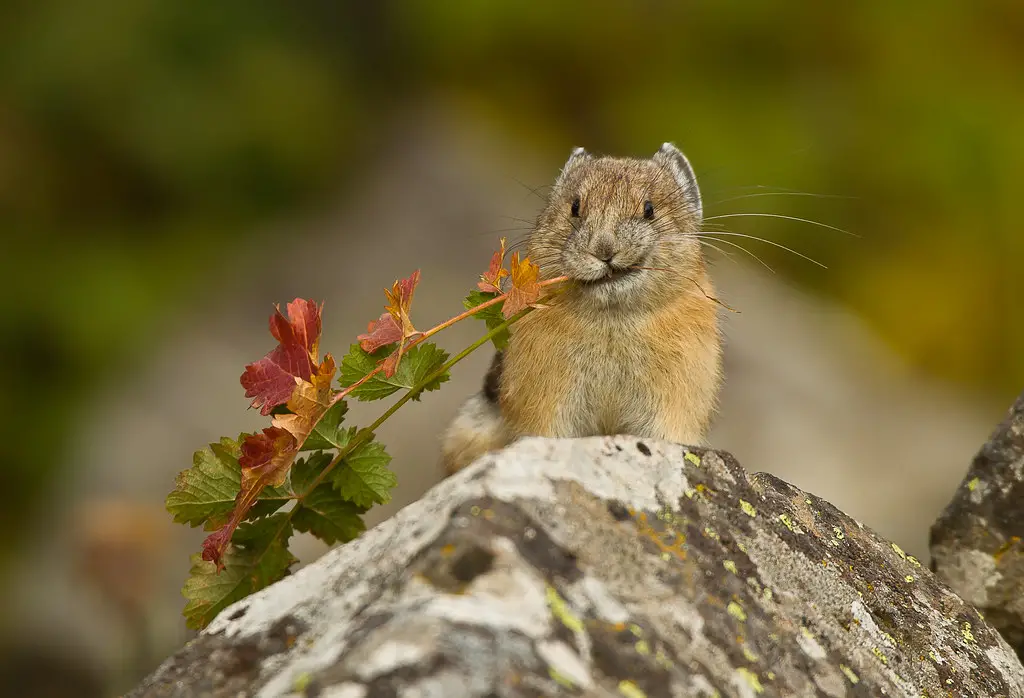
As temperatures rise, many species are moving to higher altitudes or latitudes to find suitable habitats. For example, mountain-dwelling species like the American pika are retreating to cooler, higher elevations. Conversely, some species, like the cane toad, are expanding their range into previously inhospitable areas, creating new ecological challenges. Range shifts disrupt ecosystems, as new species interactions can lead to competition or predation. Coral reefs are among the hardest hit, with warming oceans forcing corals to migrate poleward or face bleaching events, according to YaleEnvironment360. These shifts can lead to biodiversity hotspots in some areas and barren landscapes in others. However, not all species can move quickly enough to keep pace with changing climates. Barriers like cities, roads, and unsuitable habitats exacerbate this challenge. Range changes also impact human activities, such as agriculture and fishing, as traditional species become scarce or invasive species proliferate. Tracking these movements helps scientists predict ecological changes and inform conservation efforts.
3. Altering Breeding Cycles
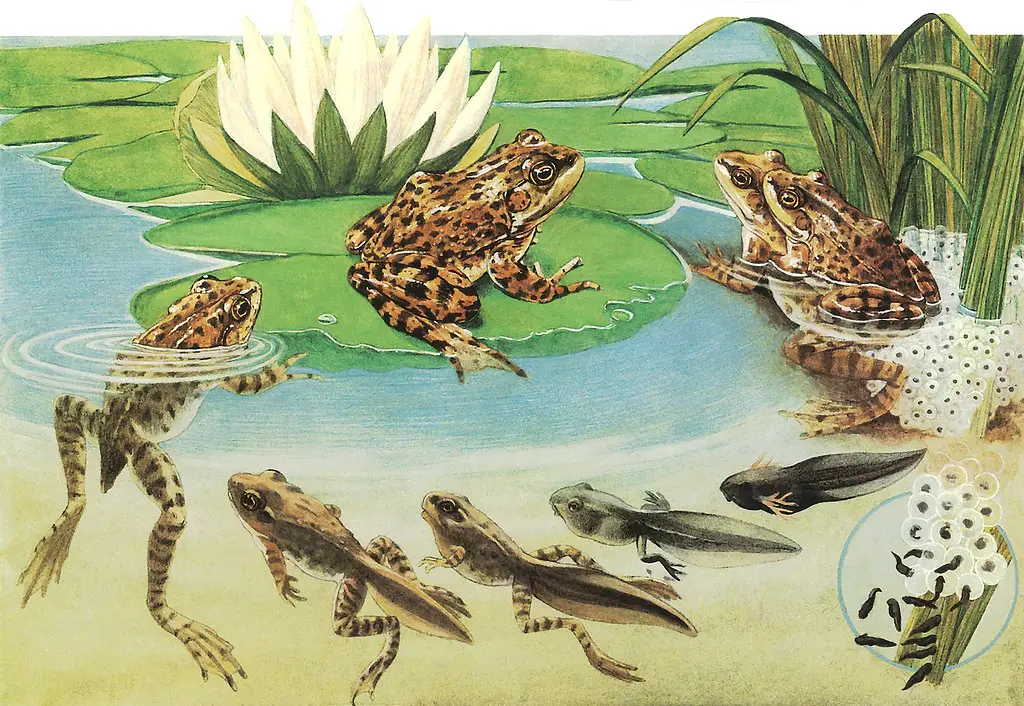
Warmer temperatures are causing many animals to breed earlier in the year. Frogs, birds, and insects are laying eggs and hatching weeks ahead of historical schedules. This shift can create mismatches with the availability of food resources, jeopardizing the survival of offspring. For instance, great tits in Europe rely on caterpillars to feed their young, but the caterpillar peak is now occurring earlier, leaving fewer resources for chicks. Polar bears are having smaller litters of cubs, according to a study done by the University of Alberta. Some species, like turtles, are experiencing skewed sex ratios as warmer sand produces more female hatchlings. These breeding changes disrupt population dynamics and increase vulnerability to other environmental stressors. As species struggle to adapt, their resilience to climate change diminishes. Understanding these shifts helps conservationists develop targeted interventions to mitigate impacts on reproduction and survival. Addressing these changes requires global efforts to reduce emissions and protect critical habitats.
4. Evolving Physical Traits
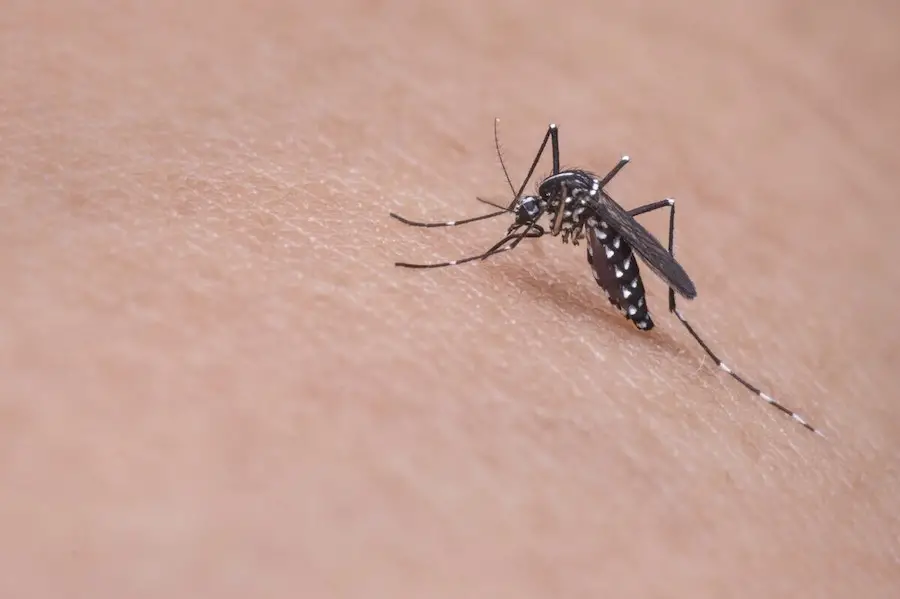
Climate change is driving rapid evolutionary changes in some species. Birds in warmer regions are developing smaller bodies and larger wings to dissipate heat more effectively. Similarly, mammals like the European hare are shedding their winter coats earlier to adapt to shorter winters. Insects, such as mosquitoes, are evolving resistance to temperature fluctuations, expanding their range and increasing the spread of diseases. A study published in ScienceDaily discusses whether fish are becoming smaller, as warmer waters reduce available oxygen and favor smaller body sizes. These physical changes demonstrate nature’s resilience but come with trade-offs, such as reduced fertility or increased predation. Evolutionary shifts often occur over generations, making it challenging for long-lived species to keep pace. Rapid changes also risk destabilizing ecosystems as species’ roles shift. Documenting these changes provides insights into how climate pressures shape life on Earth. Protecting genetic diversity is crucial for enabling species to adapt to future environmental challenges.
5. Disrupted Food Chains
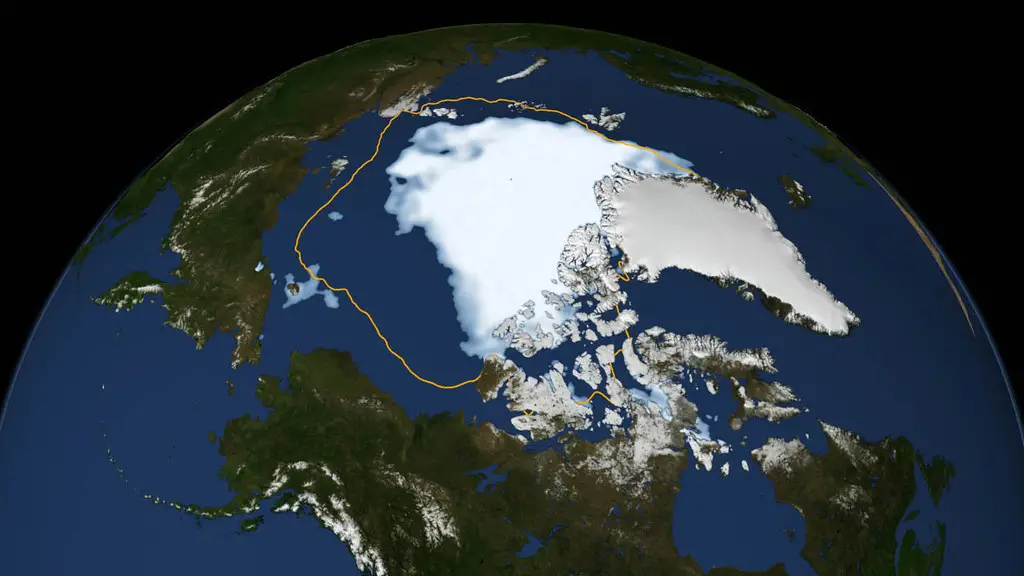
As species migrate or decline, food chains are being disrupted across ecosystems. In the Arctic, shrinking sea ice has reduced algae growth, impacting krill and, consequently, the entire marine food web. According to the World Wildlife Foundation, predators like polar bears and seals struggle to find food, leading to population declines. On land, herbivores like reindeer face reduced access to lichens due to changing snow patterns. These disruptions cascade through ecosystems, affecting everything from insects to apex predators. The loss of keystone species exacerbates the impact, as their roles in maintaining ecological balance are irreplaceable. Changes in prey availability force predators to seek alternative food sources, which can lead to overhunting of vulnerable species. Understanding these cascading effects is essential for developing ecosystem-based management approaches. Protecting critical habitats and addressing climate change’s root causes are necessary to prevent further disruptions.
6. Increased Hybridization
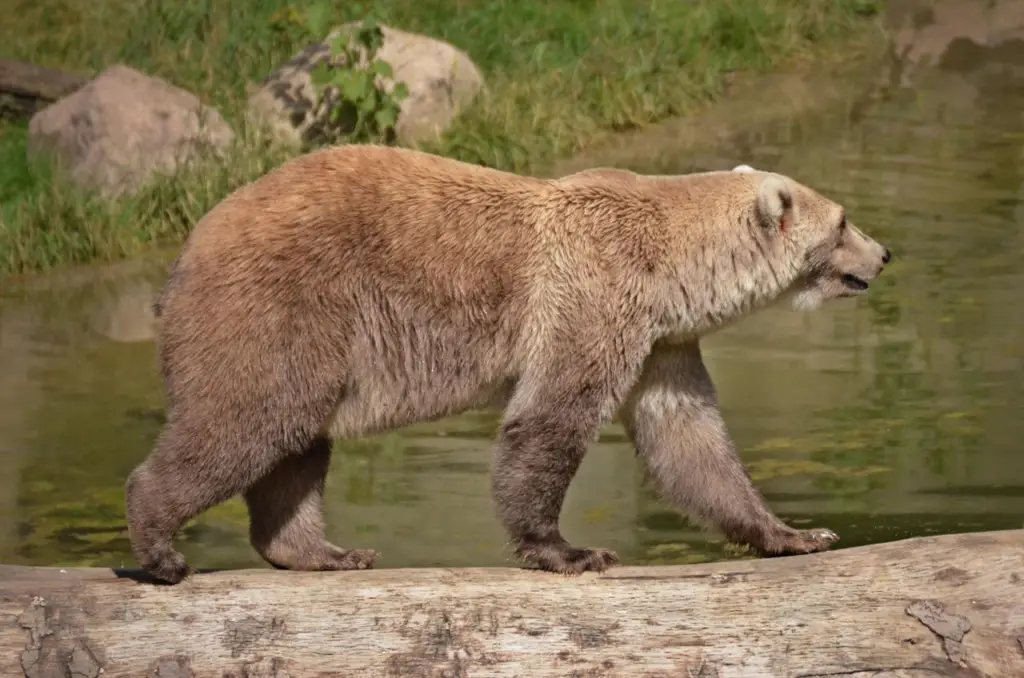
As species ranges shift, previously isolated populations are coming into contact, leading to hybridization. For example, polar bears and grizzly bears are interbreeding, producing “pizzly” bears. While hybridization can introduce genetic diversity, it also threatens the distinctiveness of parent species. This phenomenon is particularly concerning for endangered species, as hybrids may not thrive in their respective habitats. Hybridization can also disrupt local ecosystems by introducing new behaviors or traits. For instance, hybrids may compete with native species for resources, altering community dynamics. Monitoring these trends helps scientists understand the genetic impacts of climate-driven range shifts. Conservation efforts must balance protecting genetic diversity with preserving species integrity. Addressing habitat fragmentation and reducing emissions are critical to minimizing these interactions.
7. Ocean Acidification Impacts
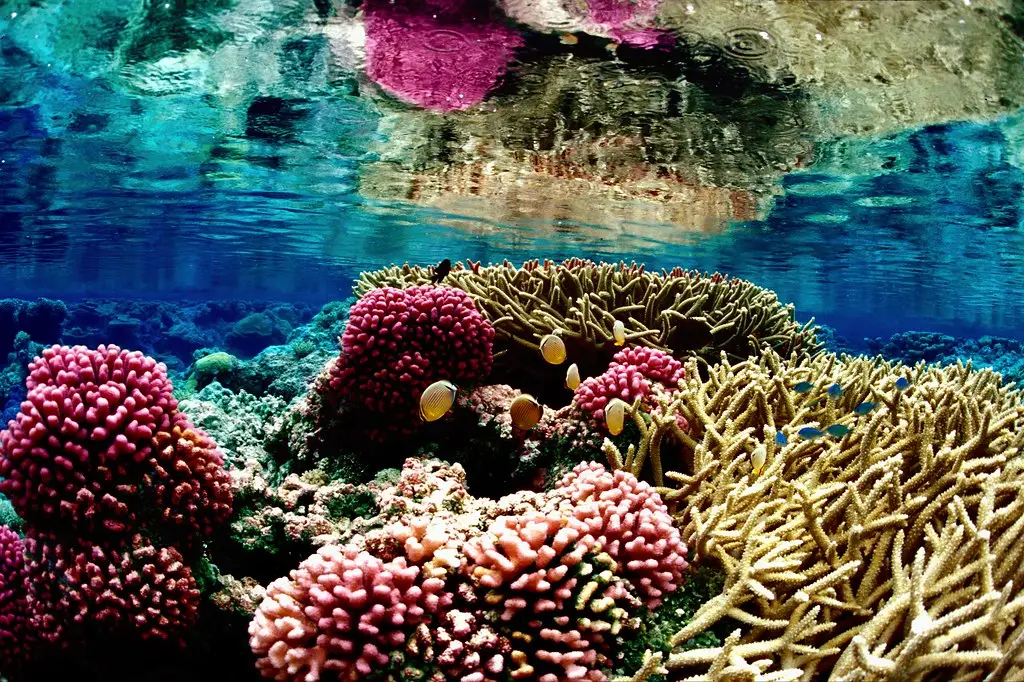
Rising carbon dioxide levels are making oceans more acidic, threatening marine life. Shell-building species like corals, mollusks, and some plankton struggle to form shells in acidic waters. This vulnerability affects entire ecosystems, as these organisms form the foundation of many marine food webs. Coral reefs, vital habitats for countless species, face significant decline, impacting biodiversity and coastal protection. Acidification also impairs fish sensory abilities, making it harder for them to avoid predators. The economic impact is profound, as fisheries and tourism industries depend on healthy oceans. Addressing ocean acidification requires reducing carbon emissions and protecting marine ecosystems. Innovative solutions, such as coral restoration projects, offer hope but require global cooperation. Protecting marine life from acidification is essential for sustaining ocean health and the communities that depend on it.
8. Heat Stress and Coral Bleaching
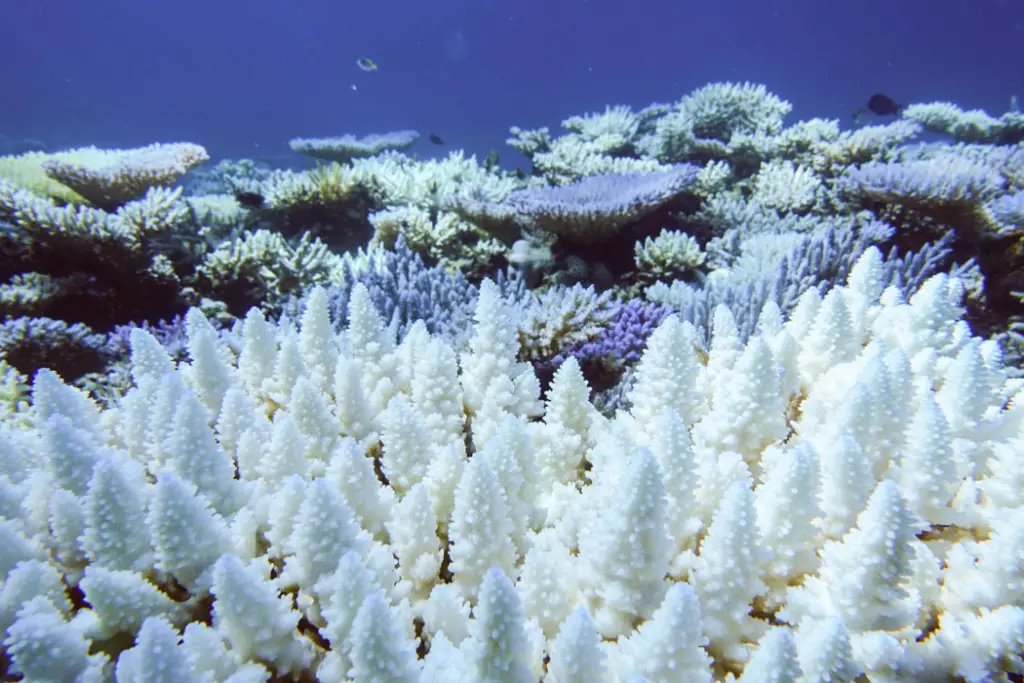
Rising ocean temperatures are causing widespread coral bleaching, threatening reef ecosystems. When stressed by heat, corals expel their symbiotic algae, losing their color and primary food source. Bleached corals are more vulnerable to disease and often die if conditions persist. The loss of coral reefs impacts thousands of marine species that rely on them for shelter and food. Coral bleaching also reduces coastal protection, increasing the risk of erosion and flooding. Efforts to combat bleaching include creating marine protected areas and developing heat-resistant coral strains. Reducing global warming is critical to preserving these vital ecosystems. Public awareness and conservation initiatives play a crucial role in protecting coral reefs. Without urgent action, coral bleaching could lead to the collapse of marine biodiversity hotspots.
9. Behavioral Changes
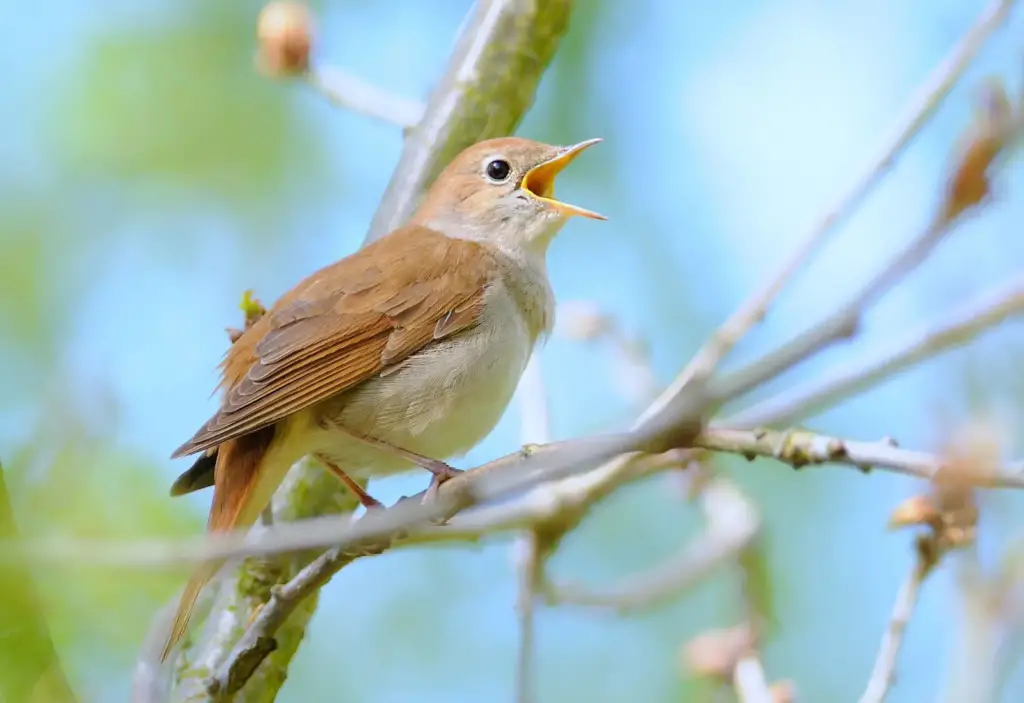
Climate change is altering animal behavior, from foraging to reproduction. Many species are shifting their activity patterns to avoid heat stress, becoming nocturnal or crepuscular. Predators and prey are adjusting their interactions, creating new ecological dynamics. For example, some birds are changing their song frequencies to communicate over increased environmental noise. Behavioral changes affect mating success, resource competition, and predator-prey relationships. Documenting these shifts provides insights into species resilience and adaptation. Supporting ecosystems’ capacity to adapt requires reducing human-induced pressures. Protecting natural habitats and reducing climate impacts ensures species have the flexibility to respond. Behavioral changes are a testament to nature’s adaptability but also a warning of the far-reaching impacts of climate change.
10. Loss of Keystone Species
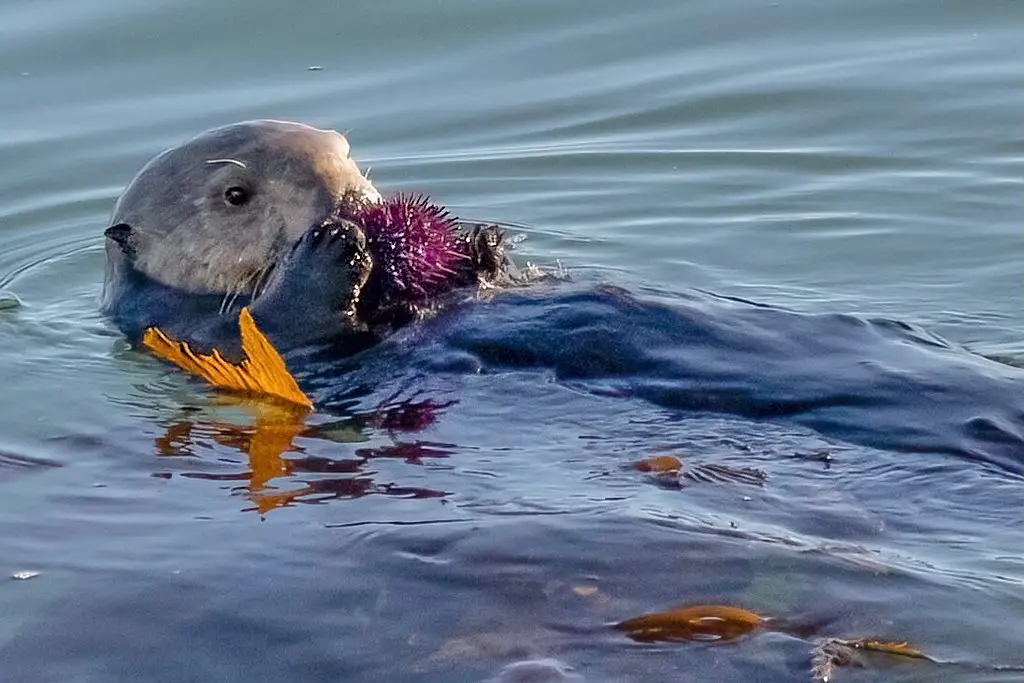
Climate change threatens keystone species, whose roles are critical to ecosystem stability. Sea otters, for instance, control sea urchin populations, preventing the destruction of kelp forests. As otter populations decline due to warming waters, kelp ecosystems suffer, impacting biodiversity. Similarly, the loss of apex predators like wolves and sharks disrupts food webs and ecosystem dynamics. Protecting keystone species is essential for maintaining ecological balance and resilience. Conservation efforts must prioritize these species to safeguard their habitats and populations. Addressing climate change ensures the preservation of keystone species and the ecosystems they support. Public engagement and policy changes are critical to protecting these vital components of biodiversity. Without keystone species, ecosystems face collapse, underscoring the urgency of climate action.


